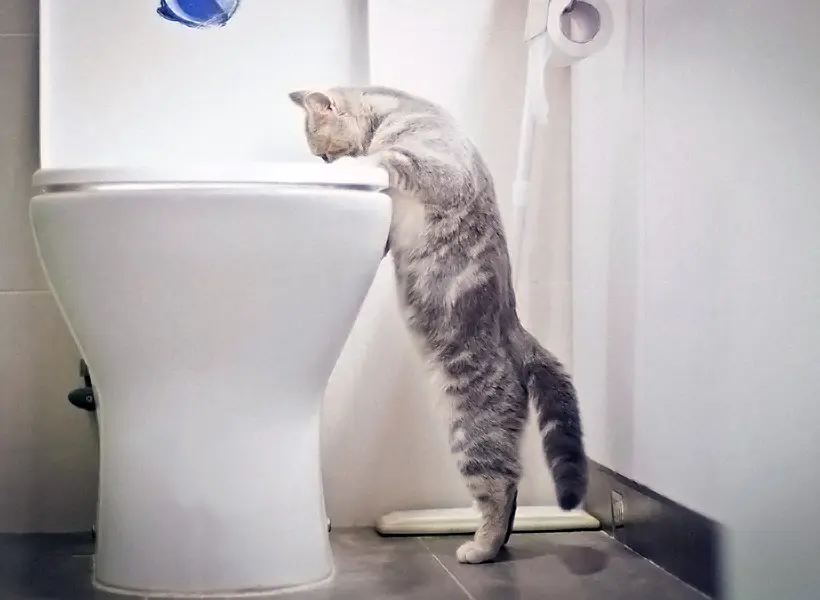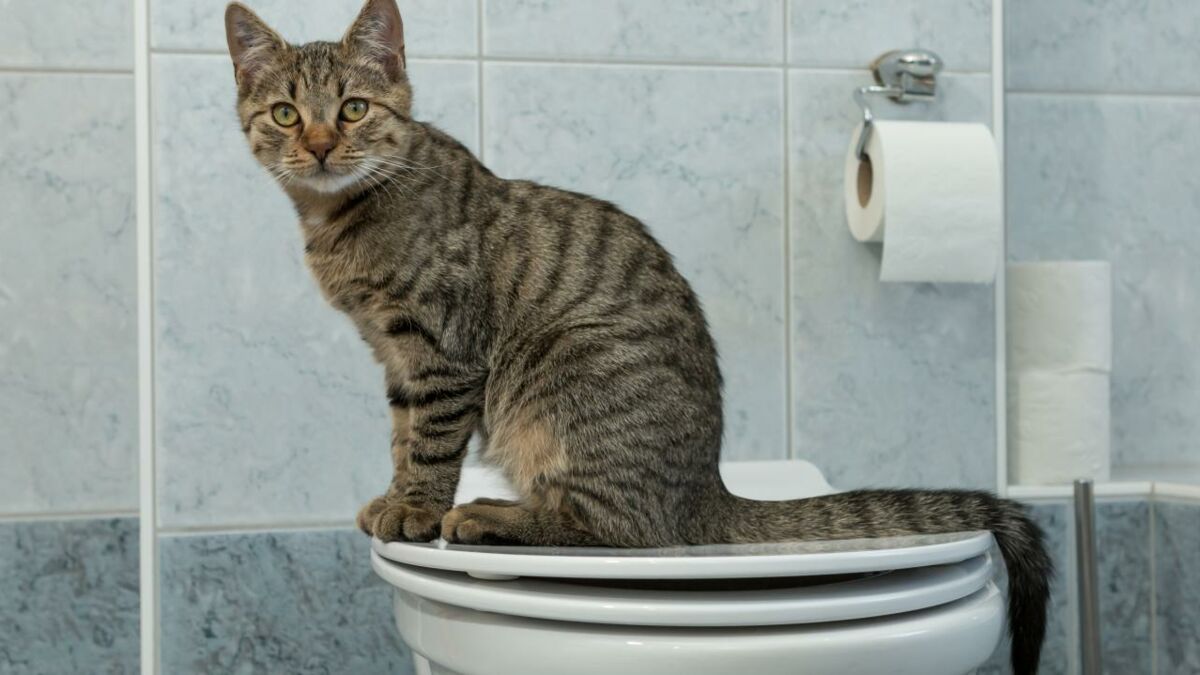The Consequences of Flushing Cat Poop Down Your Toilet - Protect Your Plumbing
The Consequences of Flushing Cat Poop Down Your Toilet - Protect Your Plumbing
Blog Article
Listed here below you can locate a good deal of extremely good content concerning Can You Flush Cat Poo or Litter Down the Toilet?.

Introduction
As cat proprietors, it's necessary to bear in mind just how we take care of our feline friends' waste. While it might appear convenient to purge pet cat poop down the bathroom, this technique can have destructive consequences for both the environment and human health.
Ecological Impact
Flushing feline poop introduces harmful pathogens and parasites right into the water system, positioning a significant risk to water environments. These pollutants can negatively influence aquatic life and concession water quality.
Health Risks
Along with ecological worries, purging pet cat waste can also pose health dangers to people. Feline feces might have Toxoplasma gondii, a bloodsucker that can create toxoplasmosis-- a potentially extreme illness, especially for pregnant females and people with damaged immune systems.
Alternatives to Flushing
The good news is, there are more secure and more accountable means to throw away pet cat poop. Think about the adhering to options:
1. Scoop and Dispose in Trash
The most usual approach of throwing away feline poop is to scoop it right into an eco-friendly bag and toss it in the garbage. Make sure to use a dedicated trash scoop and throw away the waste immediately.
2. Usage Biodegradable Litter
Opt for biodegradable cat trash made from products such as corn or wheat. These litters are environmentally friendly and can be safely taken care of in the trash.
3. Hide in the Yard
If you have a lawn, consider burying pet cat waste in a marked location far from vegetable gardens and water resources. Make sure to dig deep sufficient to stop contamination of groundwater.
4. Set Up a Pet Waste Disposal System
Buy a pet waste disposal system especially designed for cat waste. These systems utilize enzymes to break down the waste, decreasing odor and ecological effect.
Final thought
Accountable pet dog possession expands beyond supplying food and shelter-- it likewise entails proper waste management. By refraining from purging cat poop down the toilet and selecting alternate disposal methods, we can reduce our environmental impact and secure human wellness.
Why Can’t I Flush Cat Poop?
It Spreads a Parasite
Cats are frequently infected with a parasite called toxoplasma gondii. The parasite causes an infection called toxoplasmosis. It is usually harmless to cats. The parasite only uses cat poop as a host for its eggs. Otherwise, the cat’s immune system usually keeps the infection at low enough levels to maintain its own health. But it does not stop the develop of eggs. These eggs are tiny and surprisingly tough. They may survive for a year before they begin to grow. But that’s the problem.
Our wastewater system is not designed to deal with toxoplasmosis eggs. Instead, most eggs will flush from your toilet into sewers and wastewater management plants. After the sewage is treated for many other harmful things in it, it is typically released into local rivers, lakes, or oceans. Here, the toxoplasmosis eggs can find new hosts, including starfish, crabs, otters, and many other wildlife. For many, this is a significant risk to their health. Toxoplasmosis can also end up infecting water sources that are important for agriculture, which means our deer, pigs, and sheep can get infected too.
Is There Risk to Humans?
There can be a risk to human life from flushing cat poop down the toilet. If you do so, the parasites from your cat’s poop can end up in shellfish, game animals, or livestock. If this meat is then served raw or undercooked, the people who eat it can get sick.
In fact, according to the CDC, 40 million people in the United States are infected with toxoplasma gondii. They get it from exposure to infected seafood, or from some kind of cat poop contamination, like drinking from a stream that is contaminated or touching anything that has come into contact with cat poop. That includes just cleaning a cat litter box.
Most people who get infected with these parasites will not develop any symptoms. However, for pregnant women or for those with compromised immune systems, the parasite can cause severe health problems.
How to Handle Cat Poop
The best way to handle cat poop is actually to clean the box more often. The eggs that the parasite sheds will not become active until one to five days after the cat poops. That means that if you clean daily, you’re much less likely to come into direct contact with infectious eggs.
That said, always dispose of cat poop in the garbage and not down the toilet. Wash your hands before and after you clean the litter box, and bring the bag of poop right outside to your garbage bins.
https://trenchlesssolutionsusa.com/why-cant-i-flush-cat-poop/

As an enthusiastic person who reads on How to Dispose of Cat Poop and Litter Without Plastic Bags, I imagined sharing that section was a great idea. Sharing is nice. You never know, you may very well be helping someone out. Thank you for taking the time to read it.
Contact Report this page